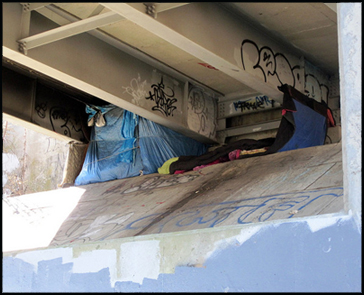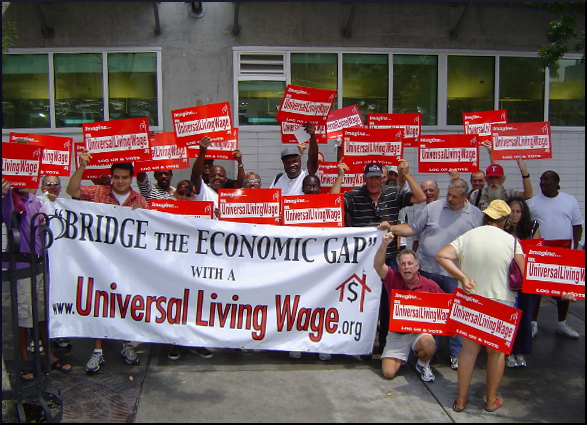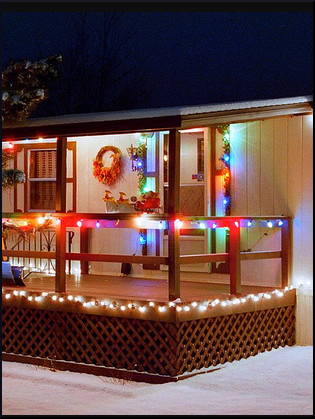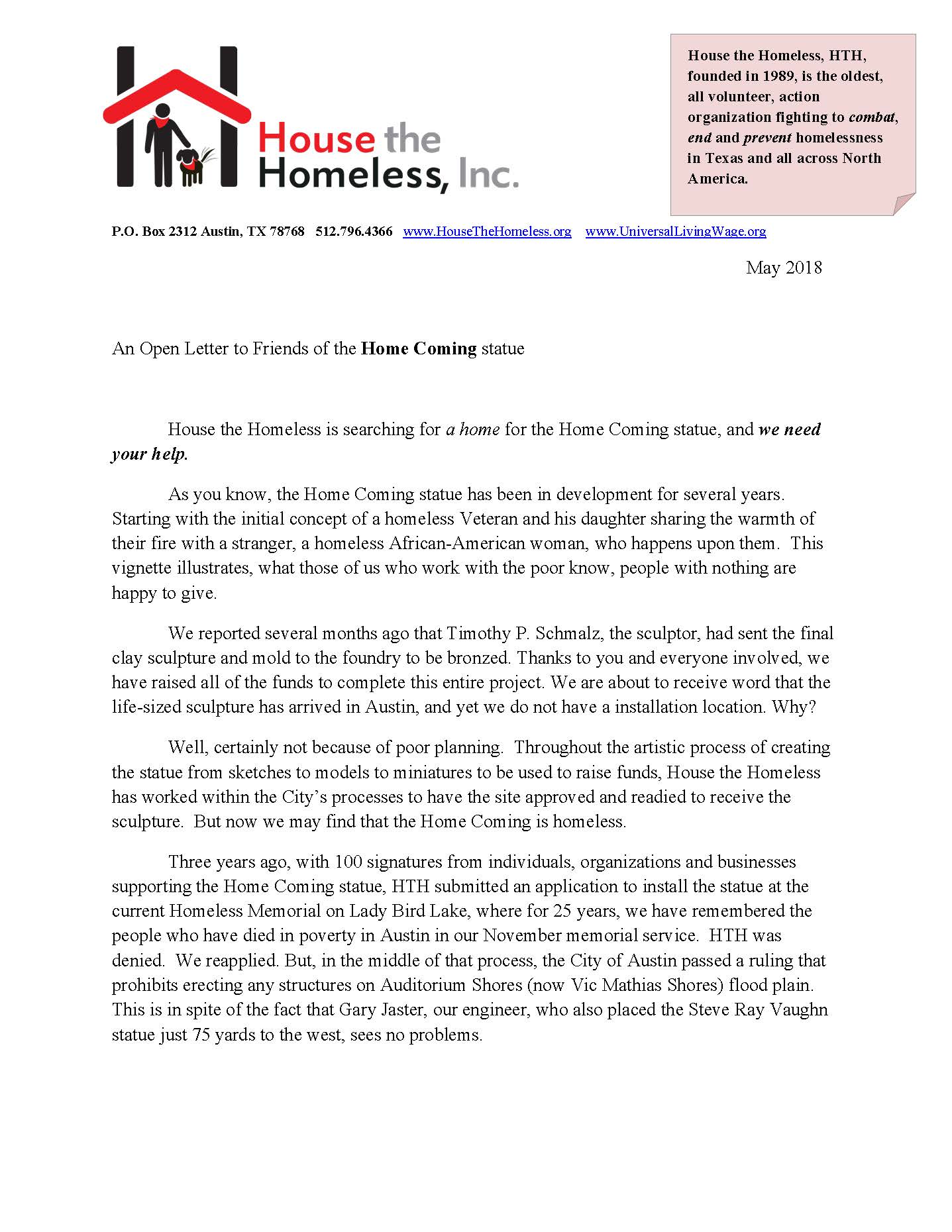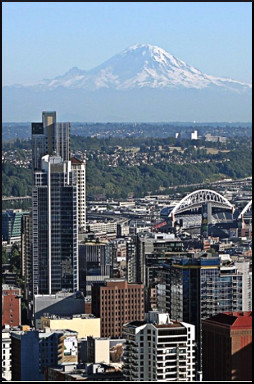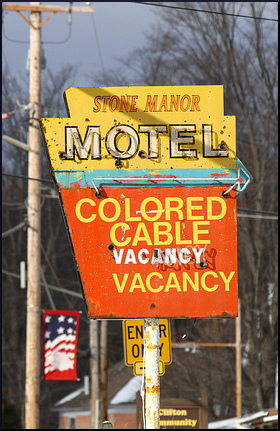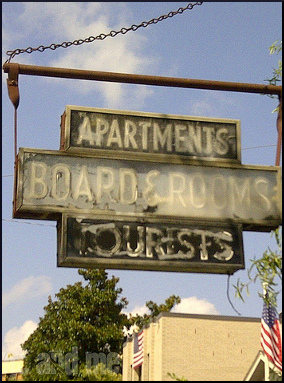
The concept of single room occupancy (SRO) dwellings has a long and varied history in the United States. More than 10 years ago, Los Angeles County’s homeless population had already reached “epidemic proportions” and the city was trying to transform the 50-square-block area inhabited by people who are very poor, and people who are experiencing homelessness.
At the time, wrote C. Reagan, “Of the around 65 SROs on Skid Row, 70% are owned by non-for-profit organizations that maintain the rent-control of the units.”
Activists wanted more SROs, but with an agenda. They believed it was important to maintain Skid Row as the poverty colony, rather than send the area’s indigent residents out to other parts of the city.
To support this point of view, they made the altruistic argument that shelters, food distribution centers, shower facilities, detox programs, and other amenities were already located conveniently within that radius. Developers, on the other hand, wanted to knock things down and build lofts for young professionals.
In New York City, businessman George McDonald created a non-profit organization and ran for various political offices. Much of his activism was based on recognizing affordable single-occupancy housing units as an essential component in ending the cycle of poverty, incarceration, homelessness, and recidivism that ensnares so many people.
He opposed the conversion of SRO buildings into fancy apartments. Carol Tannenhauser wrote:
SROs had historically served as “first rung” housing for low-income people. He succeeded in having one such building turned over to a non-profit for use as permanent housing for homeless and low-income adults. Later, as President of The Doe Fund, he would personally oversee the development of a supportive SRO for homeless persons with AIDS and the first newly constructed SRO in New York City specifically for formerly homeless working adults.
The history of SROs in San Francisco is fraught with dissension. Last year, an attempt was made to introduce legislation that would prevent SRO owners from renting space for less than 32 days. Landlords can’t charge permanent, indigent residents as much as they make off tourists, but on the other hand they get some breaks and privileges. But such a law, although it would prevent some short-term very lucrative tourist rentals, can’t prevent owners from converting buildings into college-style dorms for young professionals who can pay astronomical rents.
Of course there were other voices in the debate, such as that of hotel owner spokesperson Larry Kamer, described by journalist Sara Gaiser:
Extending the minimum stay, he said, would effectively turn SRO units into apartments and bring them under rent control laws. The change would require tenants to come up with first and last month’s rent and a security deposit before moving in.
No one seems to mention whether it would be mandatory for landlords to charge last month’s rent and security deposit. Presumably, landlords would have the power to make things easier by waiving those two charges. The reporter also quoted Housing Rights Committee spokesperson Tommi Mecca, who said that SRO units already fall under the rent control laws and added that “It’s totally to the tenant’s advantage […] to stay long enough to gain those rights.”
Six months ago, writer Joe Eskenazi investigated the labyrinthine details of San Francisco’s SRO situation. According to the Department of Building Inspection,
[…] as of early September, 1,827 residential rooms were known to be sitting vacant in the city’s 404 privately owned single-room occupancy hotels. That is around 14 percent of the 13,190 residential rooms available for rental in private SRO hotels — around one out of every seven.
Of course, despite the nominally mandatory nature of the reporting requirement, property owners ignore the law. “Submitted information” is far from the truth, the whole truth, and nothing but the truth. Private SRO owners told the reporter there might be as many as 4,000 rooms deliberately kept empty, for reasons that make sense to them and are permissible under the rules.
In some buildings, a single room goes for $1,750 per month and the residents are young professionals. In one SRO building, a single room costs $4,500 per month. Eskenazi writes of the Department of Homelessness and Supportive Housing:
A decade ago, $400 or $500 a month could get you an SRO room. Now the average monthly rent across all hotels is $816, city data show… The department currently offers hoteliers rental rates of around $650 or $700 — sometimes even $800 — per room per month… Through a master-leasing program, the city has taken over 44 SROs during the past two decades and contracted nonprofits to run them. Some 4,000 units are filled with residents who could otherwise be homeless.
But landlords complain that it is too expensive to do the upgrades necessary to qualify for government money, and especially too costly to comply with the Americans with Disabilities Act. The Department of Building Inspection has some power, but in wading through the 12,000 complaint violations it receives every year, it has to concentrate on the big issues, like lack of heat, water, or electricity for tenants who are already in place.
Some problems can never be solved because, although the American respect for private property rights is a beautiful thing, it often conflicts with the greater good. As Eskenazi says:
And, on top of all that, Rosemary Bosque, the city’s chief housing inspector, confirmed there is no tool, no law — no means — to compel private property owners to rent out their rooms rather than leave them vacant.
Reactions?
Source: “Homeless on Skid Row: Is it a Lost Cause?,” Broowaha.com, 09/30/06
Source: “Ready Willing and Able — Help the Homeless,” Blogspot.com, 01/22/08
Source: “San Francisco lawmakers pass SRO rental cap,” Curbed.com, 02/01/17
Source: “SRO owners sue city over short-term rentals,” SFBay.ca, 05/08/17
Source: “No Vacancy for the Homeless,” SFPublicPress.org, 10/23/17
Photo credit: bfishadow on Visualhunt/CC BY

